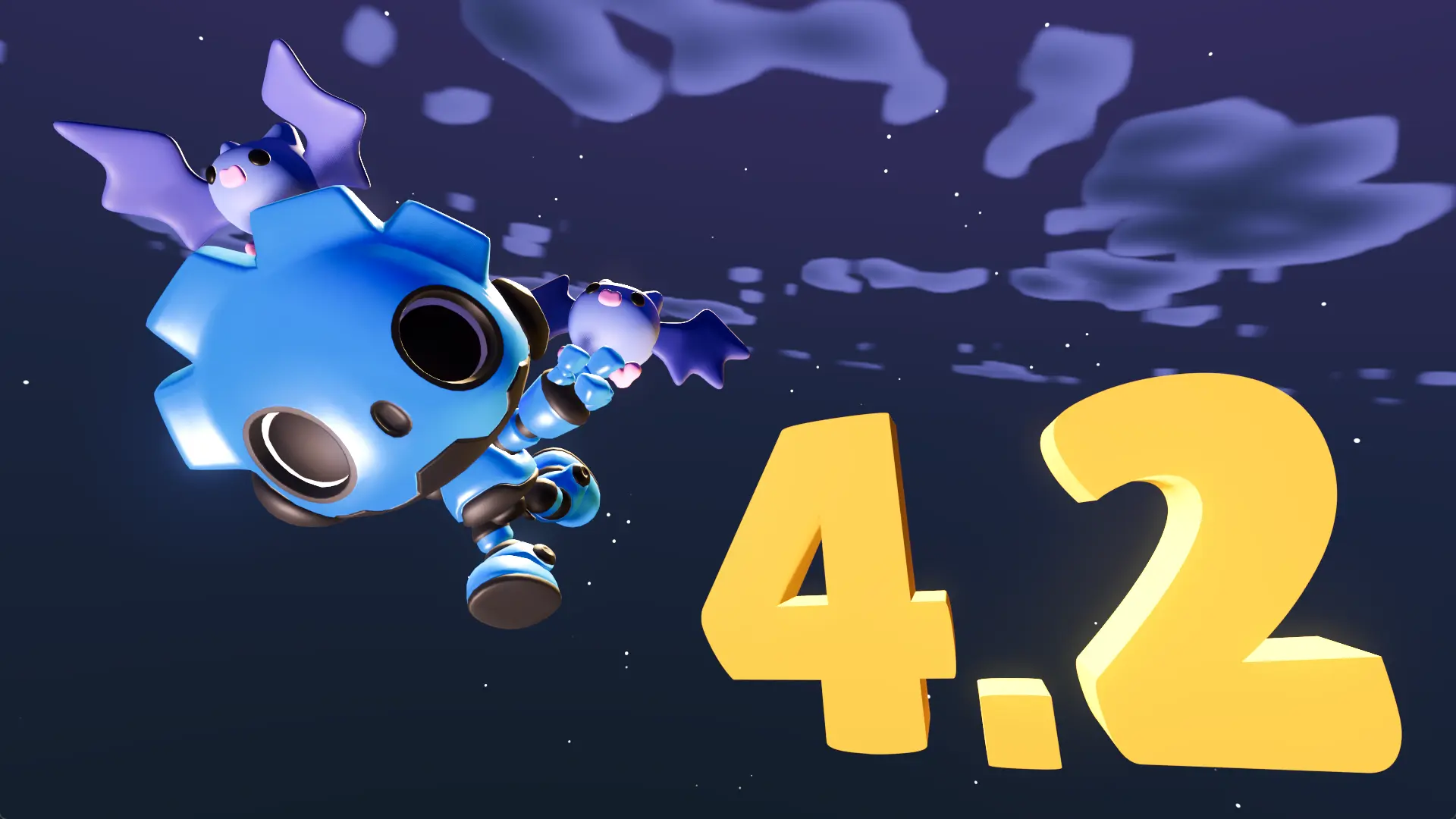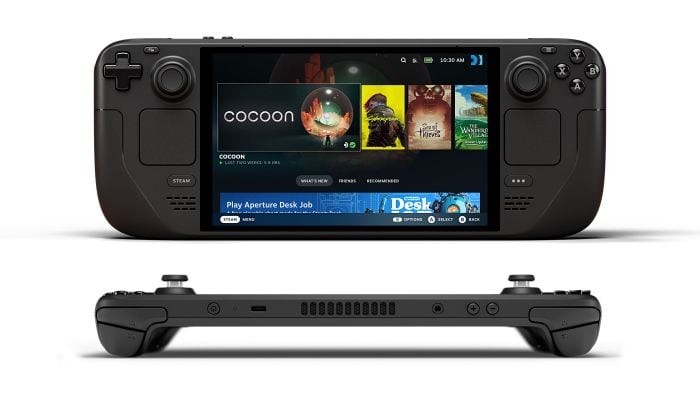I've been reading through reviews of some M.2 2230 drives recently (considering upgrading my Steam Deck), and I've realised that modern NVMe drives are actually a lot more power-efficient than I thought for gaming use cases, like the Steam Deck, or, hypothetically, a Switch 2.
Here are two reviews of recently released PCIe 4.0 2230 drives; the
WD Black SN770M and the
Corsair MP600 Mini. In particular, I'd like to focus on these two graphs, plotting sequential read and write speeds against power consumption:
Both of these drives, with sequential reads and sufficient block size/queue depth, are faster than PS5's SSD. They also both consume less than 1.5W when reading, even at full speed, with the SN770M topping out at 1.2W and the MP600 Mini hitting a peak of 1.4W. (Power consumption under random reads is the same, by the way).
These graphs really highlight why peak power consumption for SSDs isn't a relevant metric for gaming. The SN770M peaks at 4.7W, and the MP600 Mini at 3.6W, but that's only under extremely fast writes, which don't happen in a gaming use-case. The most intensive writes you're going to get will be downloading games or patches, but they'll be limited to a tiny fraction of the drive's performance by your internet connection. Even if you have 1Gb/s broadband, and the server can keep up, you're going to hit at most 125MB/s, which is on the very far left of these graphs. That's under 1.5W on both drives.
Another interesting thing is that the power consumption of reads is basically flat w.r.t. speeds on both devices. The SN770M consumes 1W up to about 2.2GB/s, then 1.1W up to 6GB/s, and 1.2W at the very peak. The MP600 Mini consumes 1.3W at very low read speeds, and then 1.4W all the way from 500MB/s to 6.8GB/s. This is pretty surprising to me, as I would have expected some kind of slope here. Not as steep a slope as for writes, where the flash controller has a lot more work to do (wear levelling, etc.), but some kind of meaningfully increased power draw as speeds increase. I definitely wouldn't have expected a drive to draw 1.0W at 100MB/s and 1.1W at 6GB/s, which is basically within the margin of error power difference for a 60x difference in speed.
One result of this is that there aren't any power savings to be made by throttling the drive down, say by running it on only 1 or 2 PCIe lanes. For the MP600 Mini, the power consumption at 1.75GB/s (1 lane) or 3.5GB/s (2 lanes) is literally identical to running at full speed on 4 lanes, and on the SN770M it's only marginally different. In fact, if the system isn't bottlenecked elsewhere, they should be more power efficient to run at full speed, as data can be loaded quickly and the drive can return to a sleep state quicker.
Speaking of sleep states, that's one area where the two drives differ quite a lot. With PCIe low-power states enabled, the MP600 Mini consumes just 92mW when idle, whereas the SN770M consumes 989mW, which is far higher, and pretty much the same power it draws when reading at up to 2GB/s. Because gaming workloads are bursty, the drive will spend the majority of its time idle, so the MP600 Mini is actually the better pick for power efficiency, despite its higher power draw while reading. The SN770M has an OEM version called the SN740, which WD
claims has "average active power" (basically idle power) of 65mW, so I'd guess that the gaming-oriented SN770M has its firmware configured to prevent it from properly entering sleep states.
Despite this, I still think eUFS is far, far more likely for Switch 2 than an NVMe drive. A major factor here is that a UFS module simply takes up a lot less space than an M.2 2230 drive. For a space-constrained device like the Switch, that's something Nintendo will be very conscious of. BGA NVMe drives were a thing, but it seems like they didn't really take off, and as far as I can tell neither Samsung nor Kioxia (who had both pushed the format) have BGA NVMe drives still in production. For reference, from what I've read, UFS peaks at around 1W for UFS 3 or 4, and around 1.65W for UFS 2.
It probably gives us a very good idea of PCIe 4.0 CFexpress card power consumption, though. The MP600 Mini uses the Phison E21 controller, which is used in basically every current 2230 drive outside of WD and Samsung (who design controllers in-house), so is likely to be the standard for PCIe 4.0 CFe cards as well. The SN770M uses WD's in-house 20-82-10081 controller, which is almost certainly what they'll use for Sandisk's PCIe 4.0 CFe cards. For a CFe Type A card with read speeds of ~1.75GB/s, that would put peak read power consumption at 1.0W for Sandisk cards and 1.4W for non-Sandisk cards.





